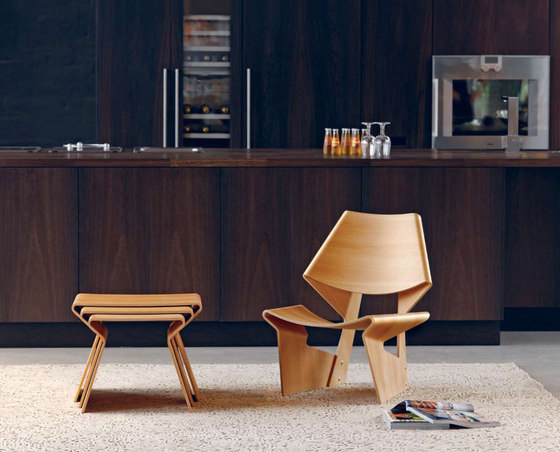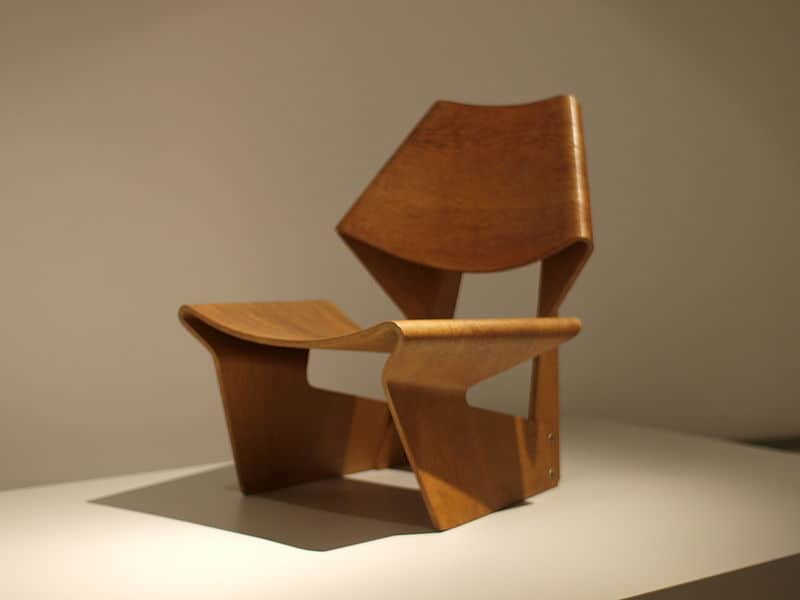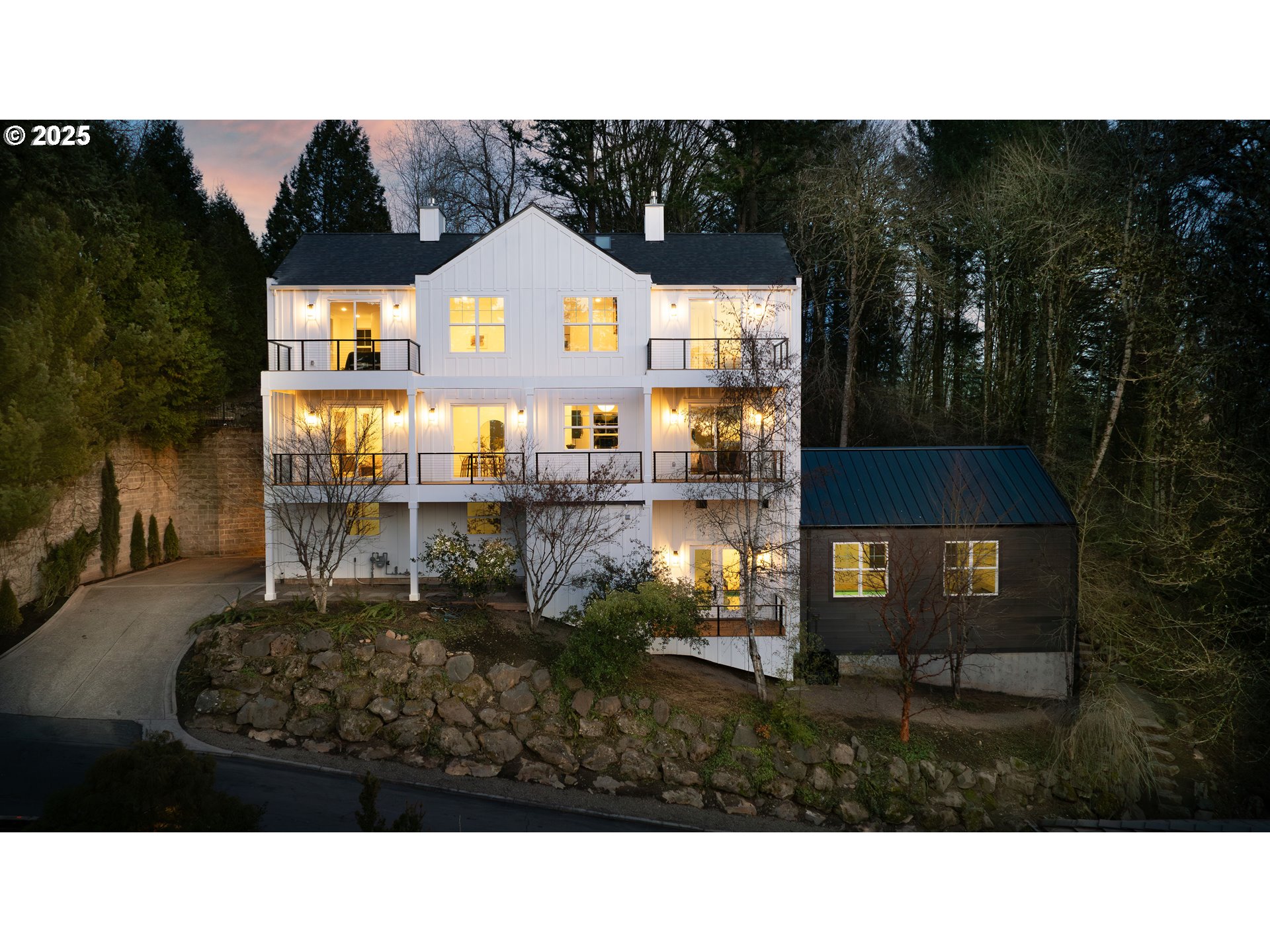GJ chair. Image by tomislav medak, CC BY 2.0, via Wikimedia Commons
Updated: December 2021
Grete Jalk was a woman of innovation and creative efficiency. Her economic chairs revolutionized both modern furniture design and Danish mass-produced carpentry, in a time when women designers were rare.
Details of Grete Jalk’s early life remain a mystery – there are no records of the Danish artist until she began her formal education at the Copenhagen Design School for Women. Following her graduation, here is the timeline leading to her success as a mastermind of Scandinavian furniture design:
1942 – Jalk continued her higher education by studying under famed designer Kaare Klint at the Danish Royal Academy. The school was founded in 1754 as an Academy of Art and Architecture and taught many famous furniture designers, including Finn Juhl, Arne Jacobson, and Verner Panton.
1946 – Graduated from the Danish Royal Academy and won first prize at the annual Cabinetmakers’ Guild Competition. The name “Grete Jalk” has started to surge through the design community.
1950 – Jalk began teaching at the School of Applied Arts in Copenhagen, where she inspired her students until 1960.
1953 – Jalk opened her own studio and quickly became renowned for her “thoughtful designs” that “embraced societal and technological progress” and were well suited to the needs of the modern person.
1953 – This was a busy year for Jalk! In addition to opening her studio, she participated in a Daily Mirror design competition, where she submitted two wood-laminate chairs: one designed for women and the other for men. The “He-Chair” and “She-Chair” won first prize. Tragically, her prototypes were burned in a fire and the production of these chairs did not come to fruition until Lange Production began manufacturing them in 2008.

The Easy Chair, based on Jalk’s winning designs. (Image Credit, Design Market) Purchase the Easy Chair from Design Market
1963 – The famous, award-winning GJ Bow Chair was designed this year. This two-piece molded plywood chair was completely innovative and deviated largely from her mentors’ teachings. Only 300 chairs were originally designed, and by the turn of the century, few remain. In 2008 Lange Production began manufacturing the famous chair once again. Take a look.

The GJ Nesting Table. (Image Credit Architonic) Purchase the GJ Nesting Table From Architonic
1974 – Jalk also applied her creative talents to designing exhibitions, one of the best examples being the traveling show she arranged for the Ministry of Foreign Affairs, which was taken to 25 destinations around the world. The project consisted of a series of cube-shaped, corrugated-cardboard packaging boxes with silkscreen texts and logos. When unpacked, the boxes could be used as stands and wall displays. Supplemented with support rods, they could quickly serve as showcases and light fixtures.
1987 – “Forty Years of Danish Furniture Design” was published, edited by Jalk, and demonstrated tremendous ability in design critique and the vocalization thereof in writing.
Jalk’s work was highly recognized and valued for its interesting hidden joints and feminine curves. She created furniture which hinted towards mass production, with easy assembly very much in mind. Unfortunately, these designs were never mass-produced (during her lifetime) due to a lack of interest in plywood furniture in the region during the late 1960s. As we often discuss with midcentury modern design, classic design will always resurge in popularity. We have the opportunity to uplift Grete Jalk’s innovative designs, now!








